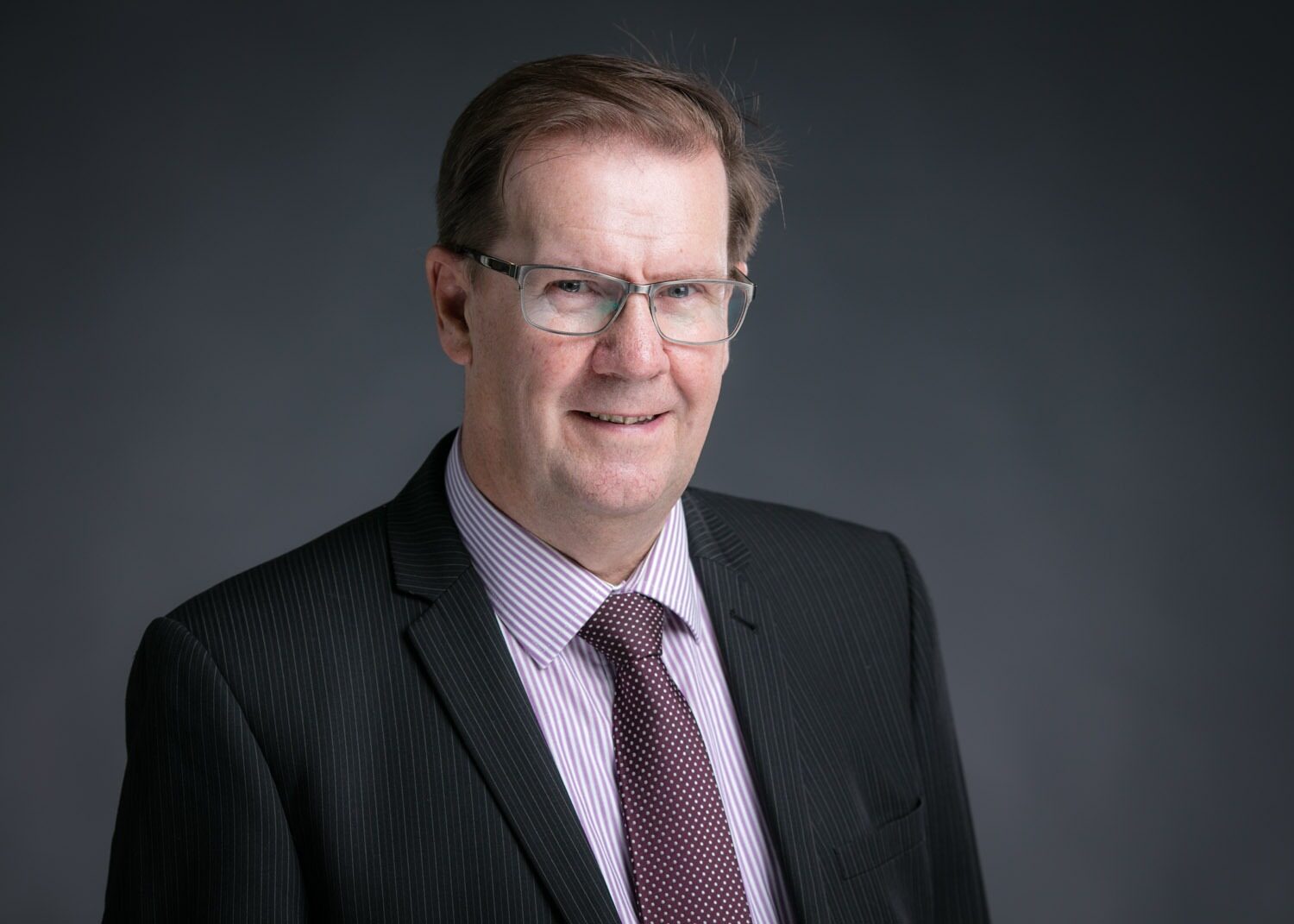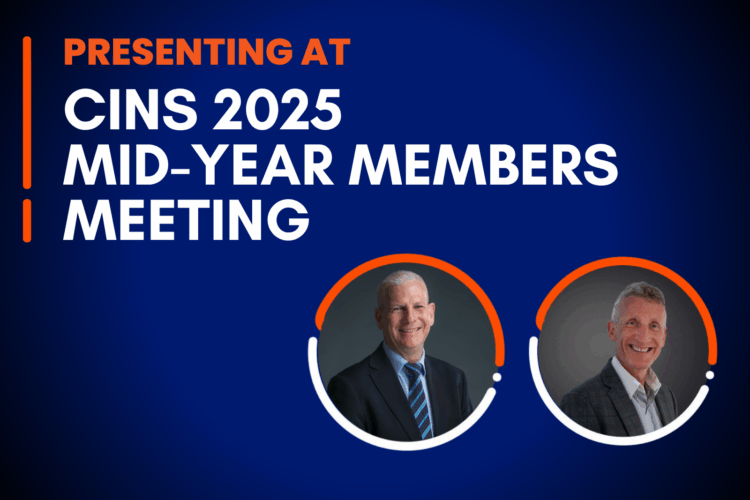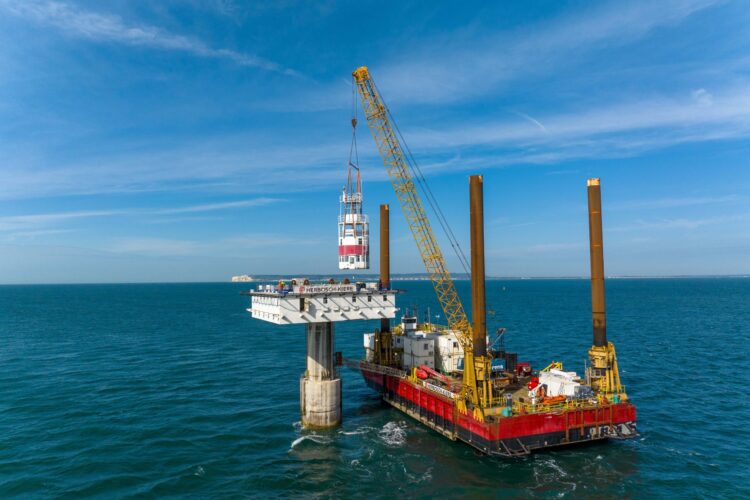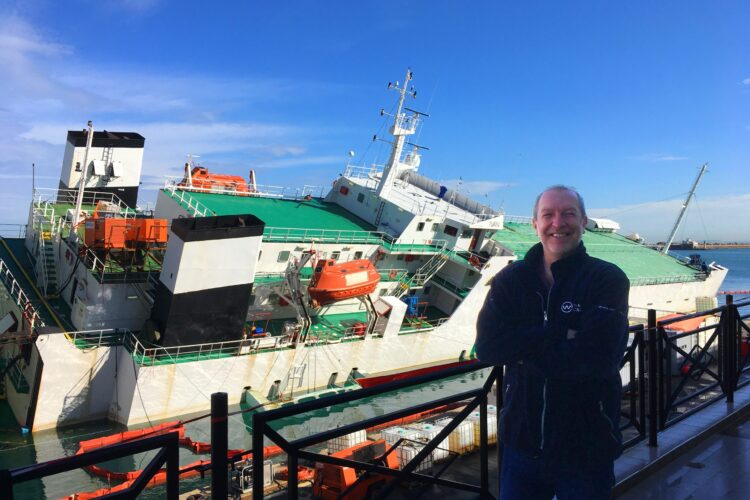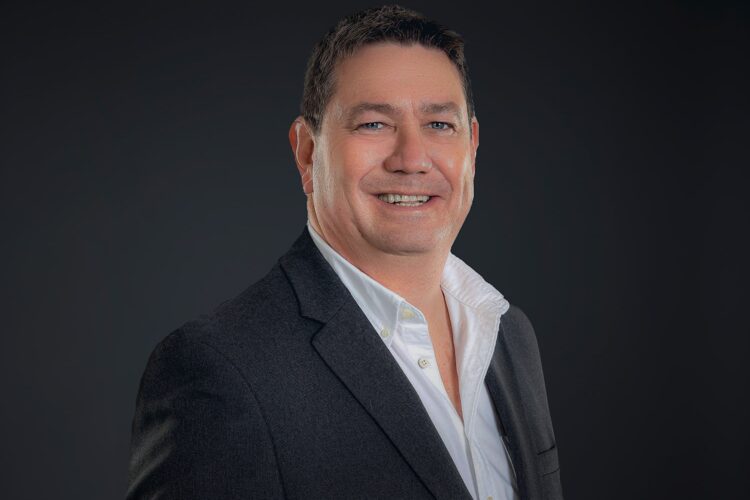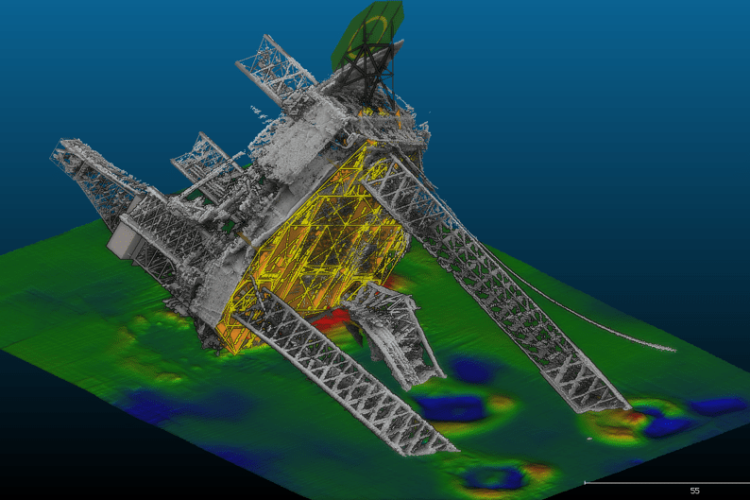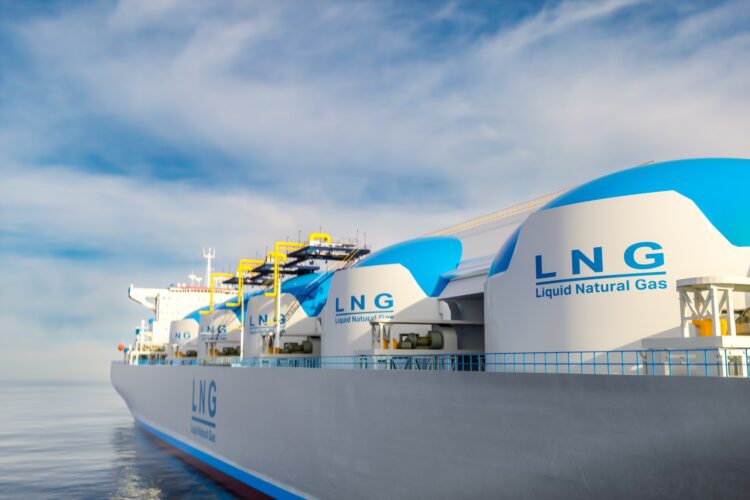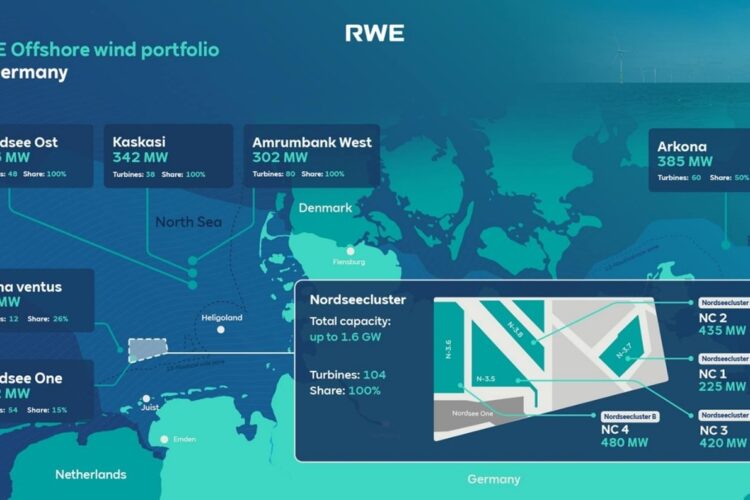
‘STEAM MAN’ WHO ALWAYS ROSE TO THE OCCASION
Internationally recognised for his extensive experience in the marine industry, Richard has many more incredible stories to tell from a lifetime working in far flung and sometimes dangerous locations on some of the world’s biggest ships after being repeatedly headhunted to take on even more senior positions. It was our good fortune that he decided to wind down his illustrious career with Waves Group, joining the company eight years ago as a marine engineer consultant and going on to play a key role in the organisation before taking a well-earned and, in his opinion, long overdue retirement.
When Richard Gordon embarked on a career as a marine engineer as a fresh-faced youth more than 50 years ago, he did not expect being calm under fire to be part of the job description.
But, in the course of a broad and varied career around the world, that’s exactly what was required whether ‘under-fire’ from the pressures of ship operations, running vessel fleets, dealing with marine casualties or on the two occasions he found himself held up at gunpoint during the course of his work, mercifully escaping from both incidents unharmed.
Richard was born in Wick, Caithness, in the wet and windy northeast of Scotland, moving to the Isle of Skye with his family at the age of seven. Although it wasn’t meant to, his primary school at Broadford often taught lessons in Gaelic, not English, so he ended up having to learn the language. There followed another move and another school, this time at Dornoch in Sutherland, where believe it or not, golf was on the curriculum on account of the town’s famous Royal Dornoch Golf Club. By the time he was 11, Richard had become a proficient golfer, perhaps displaying early on the steady hand and mental concentration required for engineering. He did not fare as well with the bagpipes and soon dropped out of lessons altogether, preferring instead to be out by the sea on the old links course at Royal Dornoch rather than blowing a lot of hot air.
The family then moved to England in 1965 when Richard was 12. He attended Kettering Grammar, a ‘technical’ school where during the Space Race a group of pupils would become famous for tracking Russian satellites with basic radio equipment. Richard really landed on his feet here, excelling in subjects that would stand him in good stead for the future – engineering workshop theory & practice and technical drawing, and of course maths and physics.
He already seemed to have a pretty good idea of what he wanted to do in life. One day in 1969, during a school trip to the Model Engineering Exhibition in Marylebone, London, Richard quietly slipped away to attend a Merchant Navy open day recruitment drive being held several miles away at Olympia. His little act of disobedience paid off and he ended up signing up with BP Tanker Co there and then.
In July 1970, he joined the company as a cadet, completing a mandatory two years college training before undertaking his first trip at sea. He later returned to Scotland in 1973, to complete his Phase III training at Glasgow Nautical College, returning to sea in January 1974 to complete his four-year apprenticeship, having been promoted to the dizzy heights of Acting Junior Engineer.
Richard served on both motor and steam vessels, but ultimately became a ‘steam man’ predominantly serving on VLCCs, obtaining Chief Engineer’s ticket (DTI Class I Certificate of Competency) in 1982.
He volunteered for redundancy from BP and, having developed a flair for welding, took a job as Technical Representative and Application Specialist with Eutectic-Castolin. Although he enjoyed the work, he missed being at sea and in January 1981 his love of the ocean waves saw him joining World-Wide Shipping Agency (WWSA) based in Hong Kong.
Richard again served on VLCCs and ORE/OILERS – all steam ships – eventually serving as Chief Engineer on steam-turbined VLCCs and ULCCs. He also took another role ashore in 1984-85 during the height of First Gulf War as a boiler and pressure vessel surveyor with British Engine (part of Royal Insurance Group), then returning to sea with WWSA once again in August 1985.
In 1991, he was promoted to Superintendent with WWSA. Stationed in Hong Kong, he was tasked with looking after an ageing fleet of VLCCs, all of which he took through their Fifth HSS dry-dockings, along with many other major repairs and dry-dockings, including the total rebuild of the burned-out engine room of the VLCC Eastern Strength at MSE shipyard in Malaysia.
When WWSA moved its operations to Singapore, Richard also opted for change, too, and in 1993 he joined the Switzerland-based Sosema SA after being headhunted as its Chief Engineer on its massive 496,000 dwt Red Seagull. The vessel was sister to the 495,000 dwt World Petrobras, which he’d served on while at WWSA.
While in Dubai, he was yet again headhunted, this time by Troodos, for his extensive steam turbine and VLCC/ULCC dry-docking experience. After much persuasion, Richard eventually agreed to come on board as Superintendent in February 1994. Based in Piraeus, Greece, his job was to initially investigate repetitive tube failures across an ageing fleet of steam VLCCs, but was quickly promoted to Assistant Technical Director.
Not long afterwards, he took over as Technical Director of Projective Transmarine Finance Co Ltd, the mother company of the Haji-Ioannou dynasty based in Limassol, Cyprus, to which no less than four separate ship management companies reported. Richard was very much the eyes and ears of the beneficial owners. While in Limassol, Richard was elected as the oil tanker representative to the technical sub-committee of the Cyprus Shipping Council, an advisory body seeking to help the government improve the status of shipping in the island nation. At the time, one of its priorities was to eradicate the shortfalls of the upcoming Cyprus flag. Richard had a lot of faith in the country and was personally responsible for ‘flagging-in’ many vessels into the Cyprus flag.
During this period, Richard handled all pre-purchase ship inspections as owner’s representative, not only reporting on the suitability of purchasing the vessels, but also projecting the costs to get each prospective vessel through its next HSS, which involved extensive tank inspection and steel renewal evaluations. This was to prove valuable training for his later career, both as a casualty surveyor and a marine consultant, when it came to estimating steel weights, something he became extremely proficient at.
Richard also attended to the major re-tubing of both Babcock&Wilcox MR2 boilers on a ULCC and its conversion and handover to become the Jahre Venture. Another task was to handle physical deliveries of all bought-in second-hand tonnage upon acquisition, as well as their subsequent dry-dockings. Notably, this included the acquisition of Renaissance IV for her conversion to the mega-yacht Clelia II. Furthermore, he technically managed the owner’s other yacht, Esmeralda, and had the privilege of dealing with the US rock musician Jon Bon Jovi and his band prior to their subsequent private chartering of the vessel.
In 1998, Richard moved on within ship management to join PT Samudra Petrindo Asia (Sampet), a regional shipping service company based in Jakarta, Indonesia, where he became Superintendent for four third party tankers, among other things, procuring and converting an 80,000 dwt tanker to an FSO.
In 2001 Richard was heavily involved in the transfer of vessels from Sampet and the setting up of a brand new ship management company, PT PP Equinox, with technical responsibility for three FSOs on station in Indonesian waters, and two third party-owned 36,000 dwt tankers trading between Singapore and Indonesia. During his time in Jakarta, Richard served on Lloyd’s Register (South East Asia) Technical Committee, which met regularly in Singapore.
However, after some close calls with a terrorist bombing campaign in Jakarta, Richard decided with deep regret to pack his bags and leave Indonesia for good. It was at this point he considered it would be prudent to get out of ship management altogether. He became a marine casualty surveyor with Noble Denton (ND) in 2004, where he remained until 2011, ending up as its Senior Principal Engineer Surveyor within its marine casualty investigation branch. As a result, he became well known within the maritime insurance sector, especially the Hull and Machinery (H&M) London subscription market, as well as P&I Clubs and lawyers.
Subsequently, Richard joined CF Spencer & Co (CFS) of Somerset. This saw him leaving his office base in London in 2011 and at the same time relocating his family home from Devon to Somerset.
Thankfully for Waves Group, Richard then joined us in the spring of 2014.
Richard initially joined as a marine engineer consultant, continuing to fulfill the role of marine casualty investigator for H&M Underwriters, P&I Clubs, ship owners and their respective lawyers. His impressive pedigree and command of the business led him to become sought after as an expert witness in court and arbitration cases. He also undertook Marine Warranty Surveyor roles, attending numerous offshore wind farm projects, cable lays as well as project-cargo heavy lift operations.
Richard attended a number of large casualties, quickly assessing the potential repair quantum and being skilled in advising underwriters on likely CTL status, and salvors on likely salved values. In particular, he developed his own unique way of speedily ascertaining the probable steel weight required after serious grounding damages, more often than not in the complete absence of any information from the vessel, taking great personal pride in usually being within 10 percent of the final steel weight and hence respective costs for the eventual repairs.
He was famous for his unparalleled ‘steam’ knowledge within the H&M market and frequently provided his expert opinion for arbitrations in London and the US involving steam plant casualties in general and marine boiler failures in particular, all of which were settled favourably to the client’s complete satisfaction.
As someone at the top of his field, who has been there and done that in no small measure, in the last couple of years Richard has been heavily involved in mentoring our new recruits, passing on his in-depth knowledge, not only on practical issues, but also on our own internal operational procedures, ensuring they settled in quickly to their new roles.
Aside from being one of the few remaining old school marine engineer surveyors in the market, Richard will be remembered for his congeniality with clients, his unflappable charm and readiness to respond to queries on all manner of engineering-related issues. He would either deliver concise answers immediately or by a return call as soon as possible. At the same time, he was humble enough never to stray from his area of expertise. If he was unable to help, he would say so. In the same vein, he would decline work rather than getting drawn into a project where he would be unable to provide the exacting standards he had striven to achieve throughout his career.
All at Waves Group will agree that it has been a pleasure and an inspiration to work with Richard. While we regret that he is leaving us, we wish him all the best for his well-deserved retirement.
